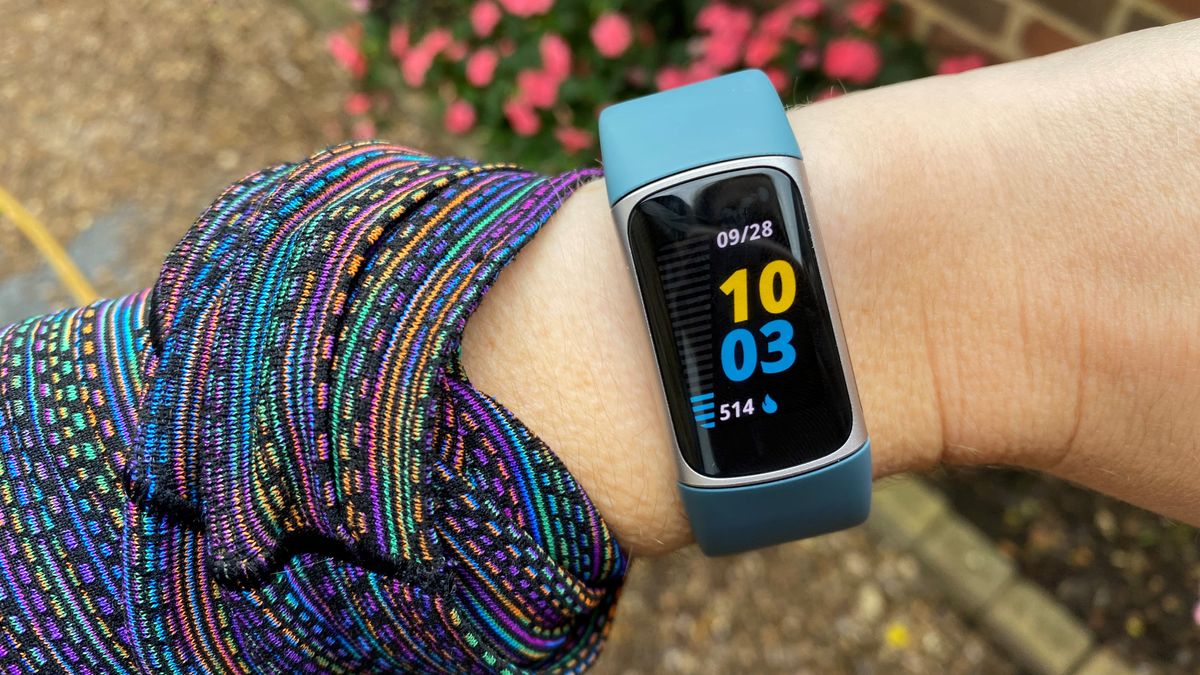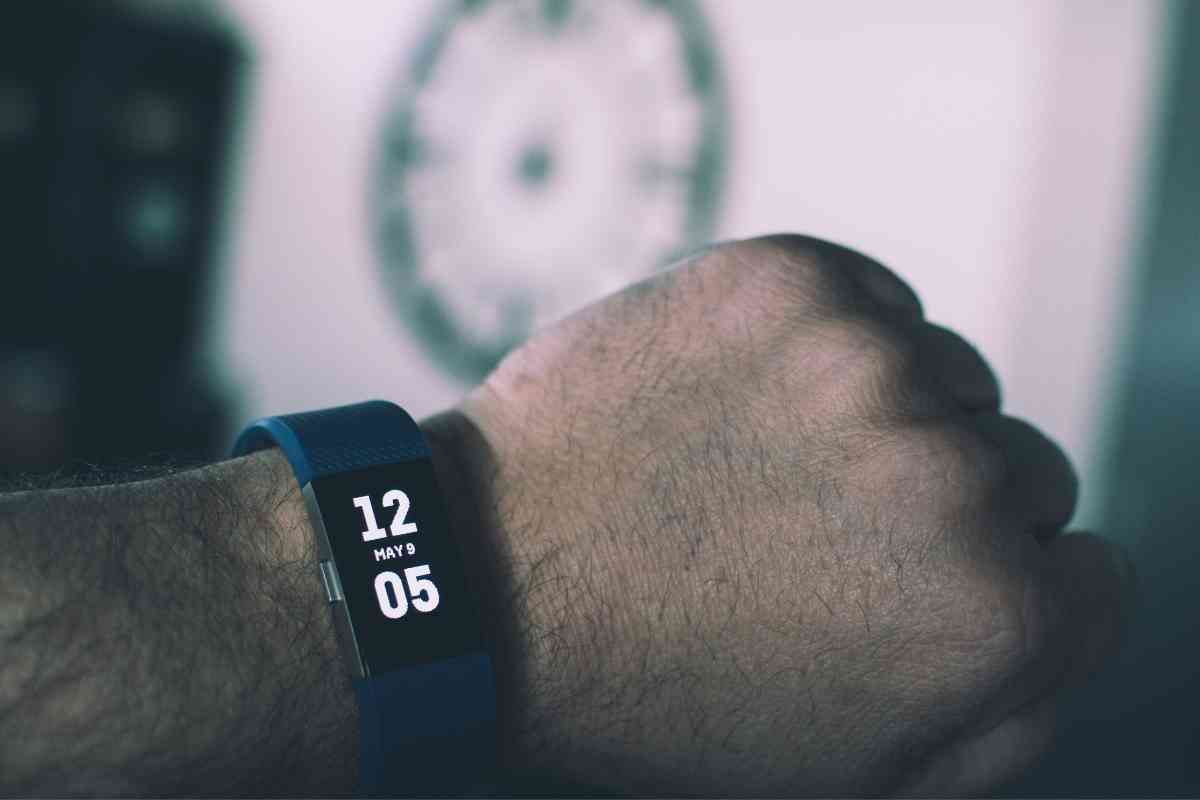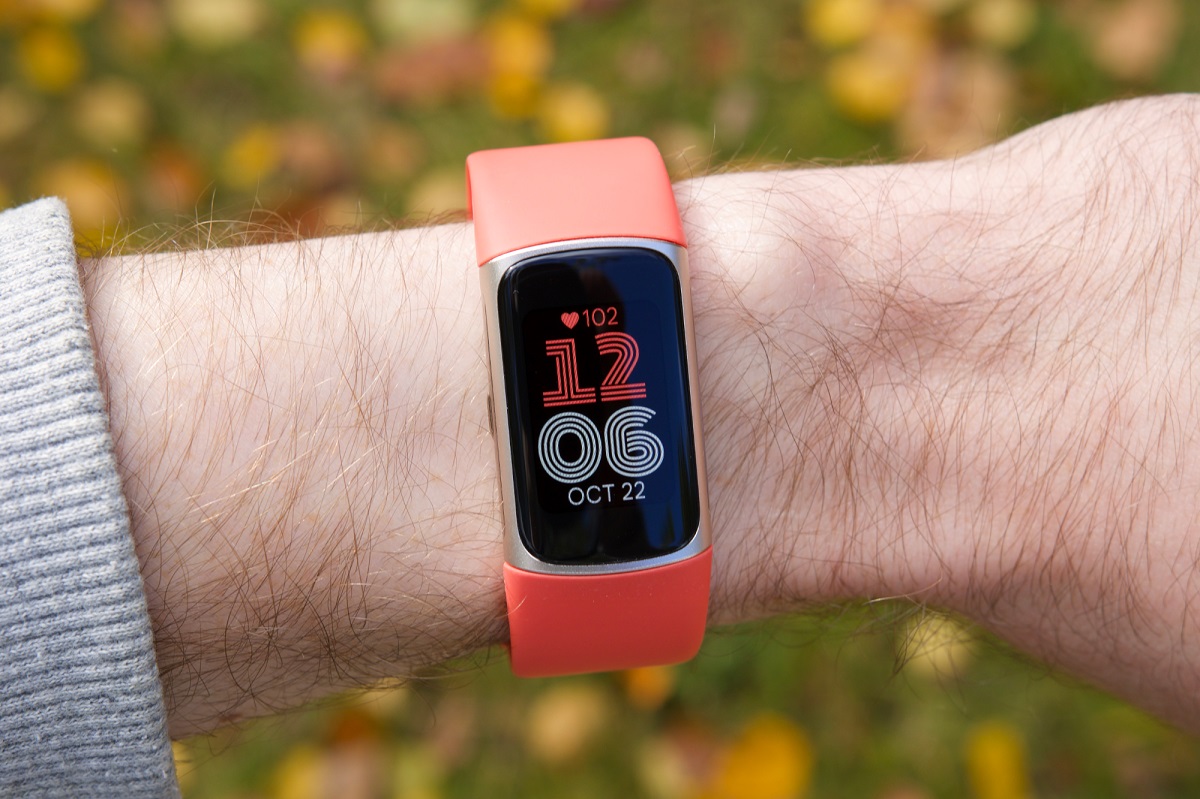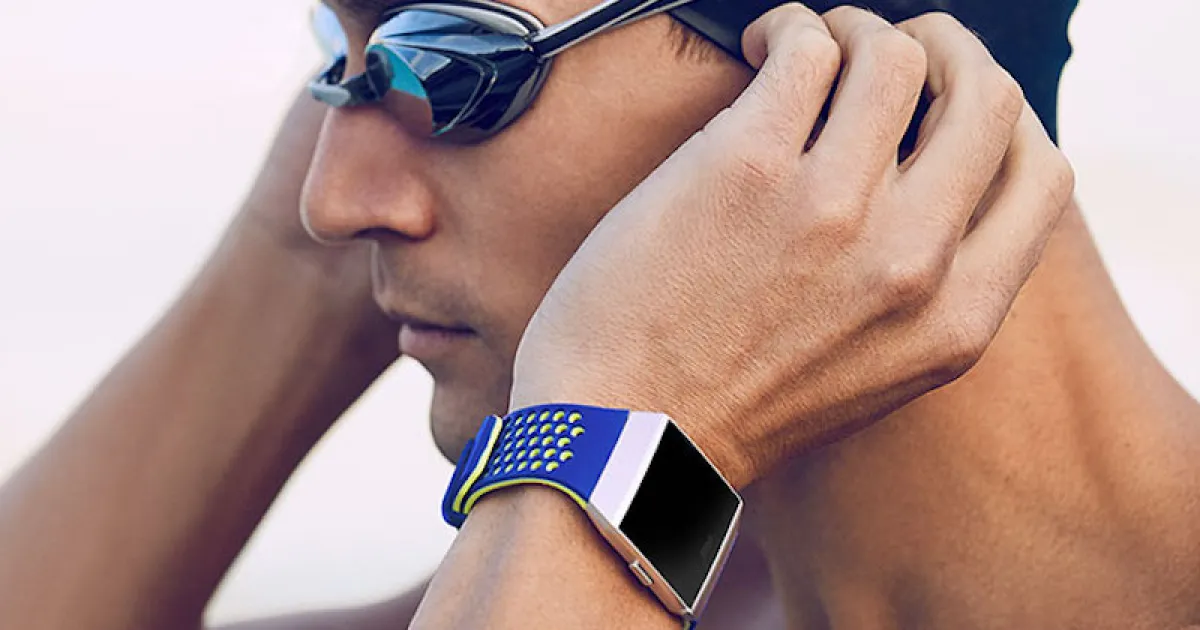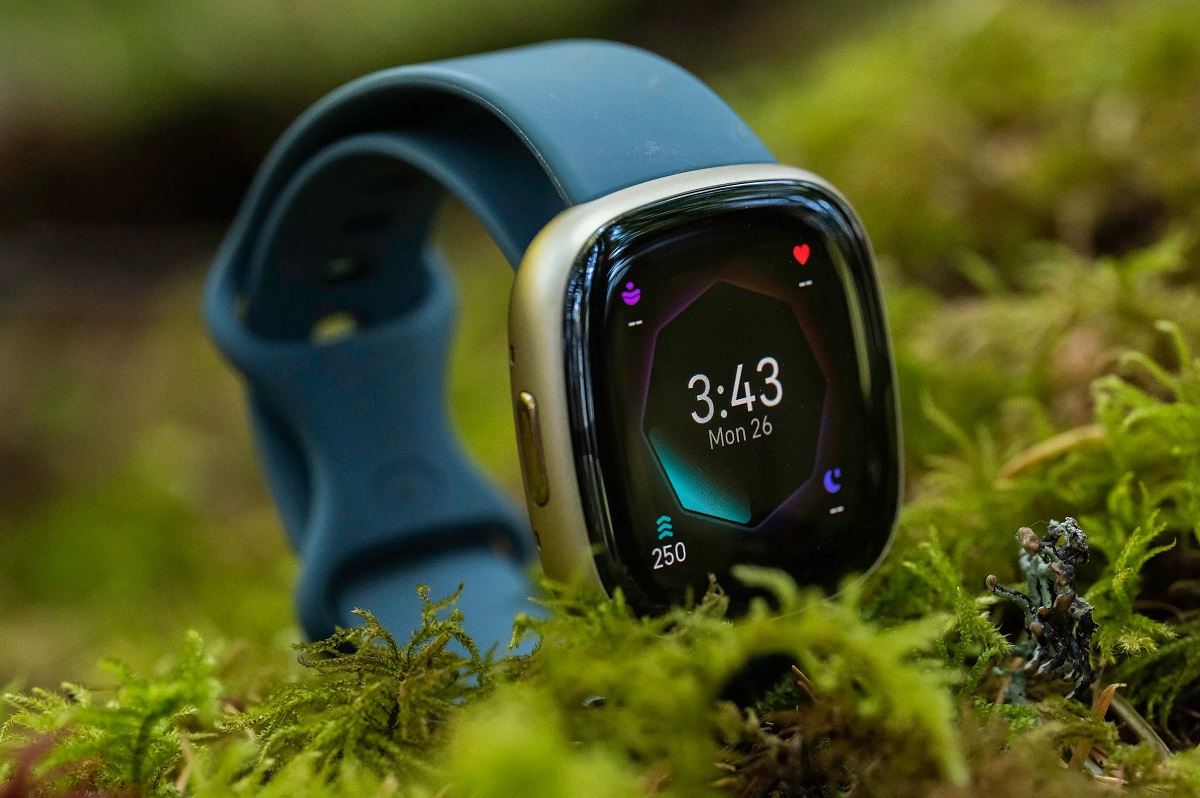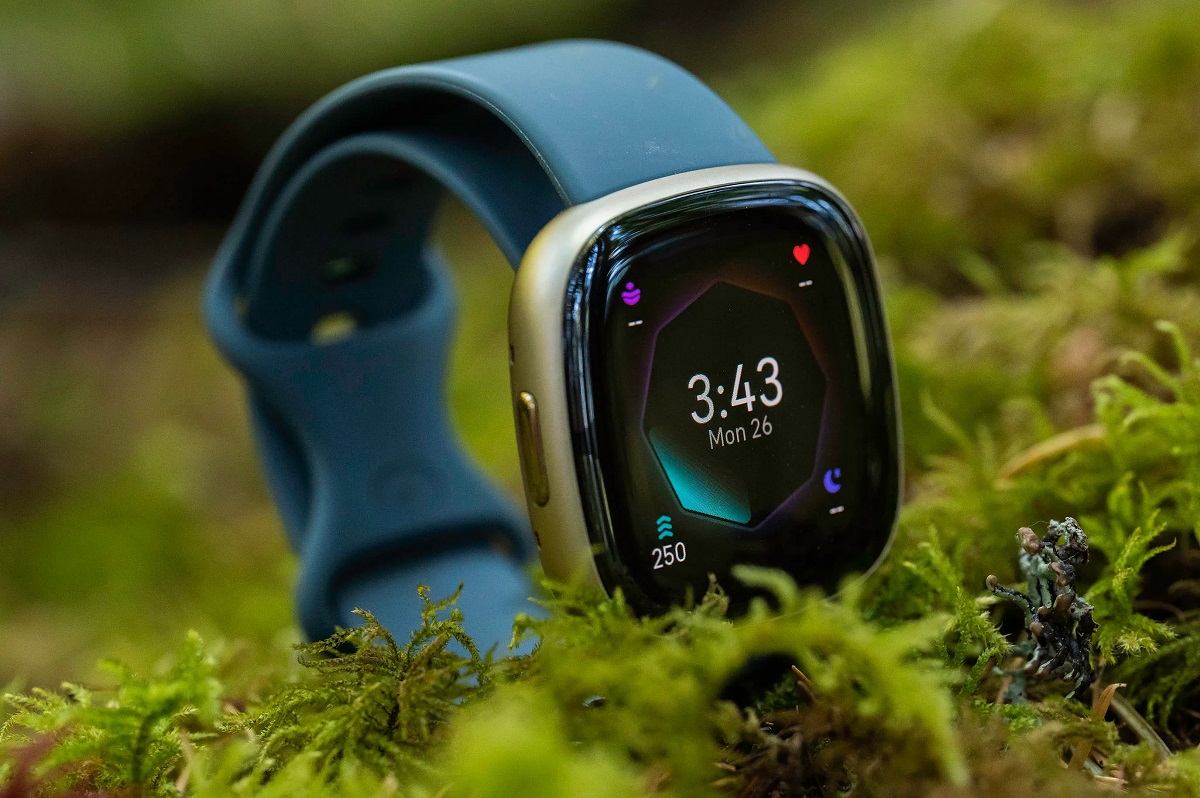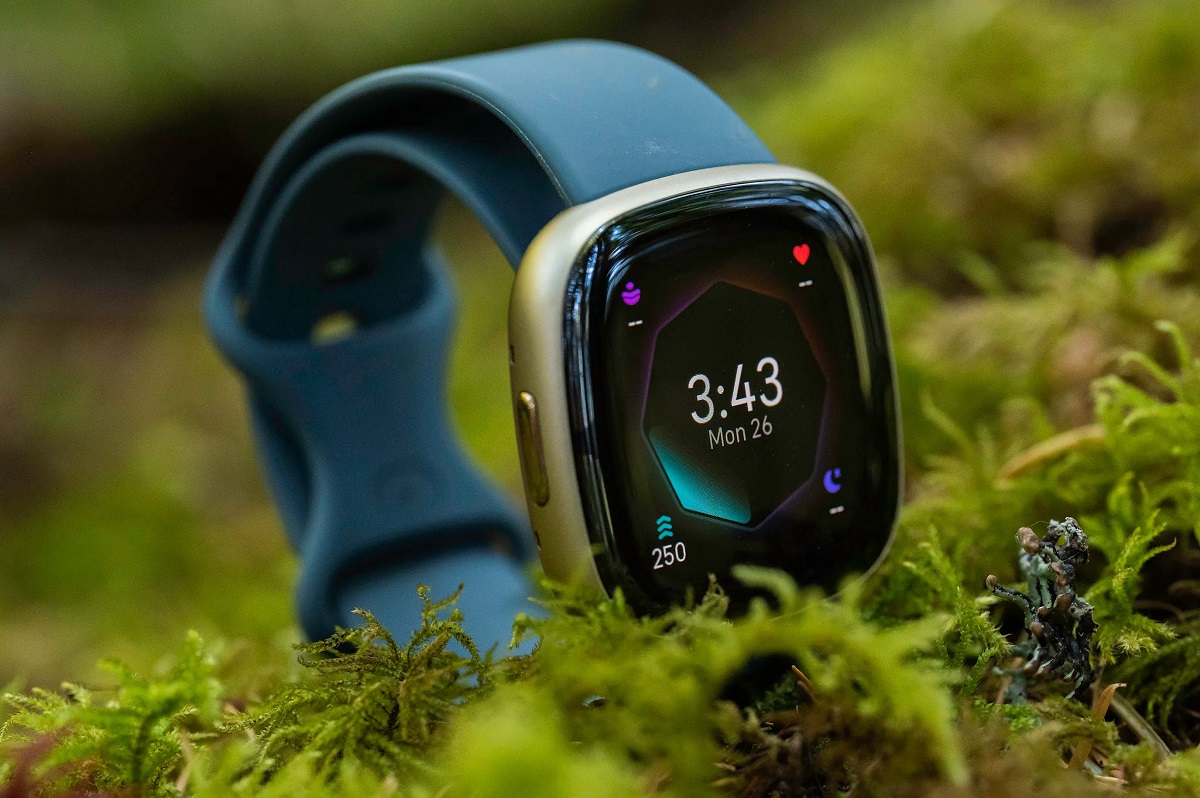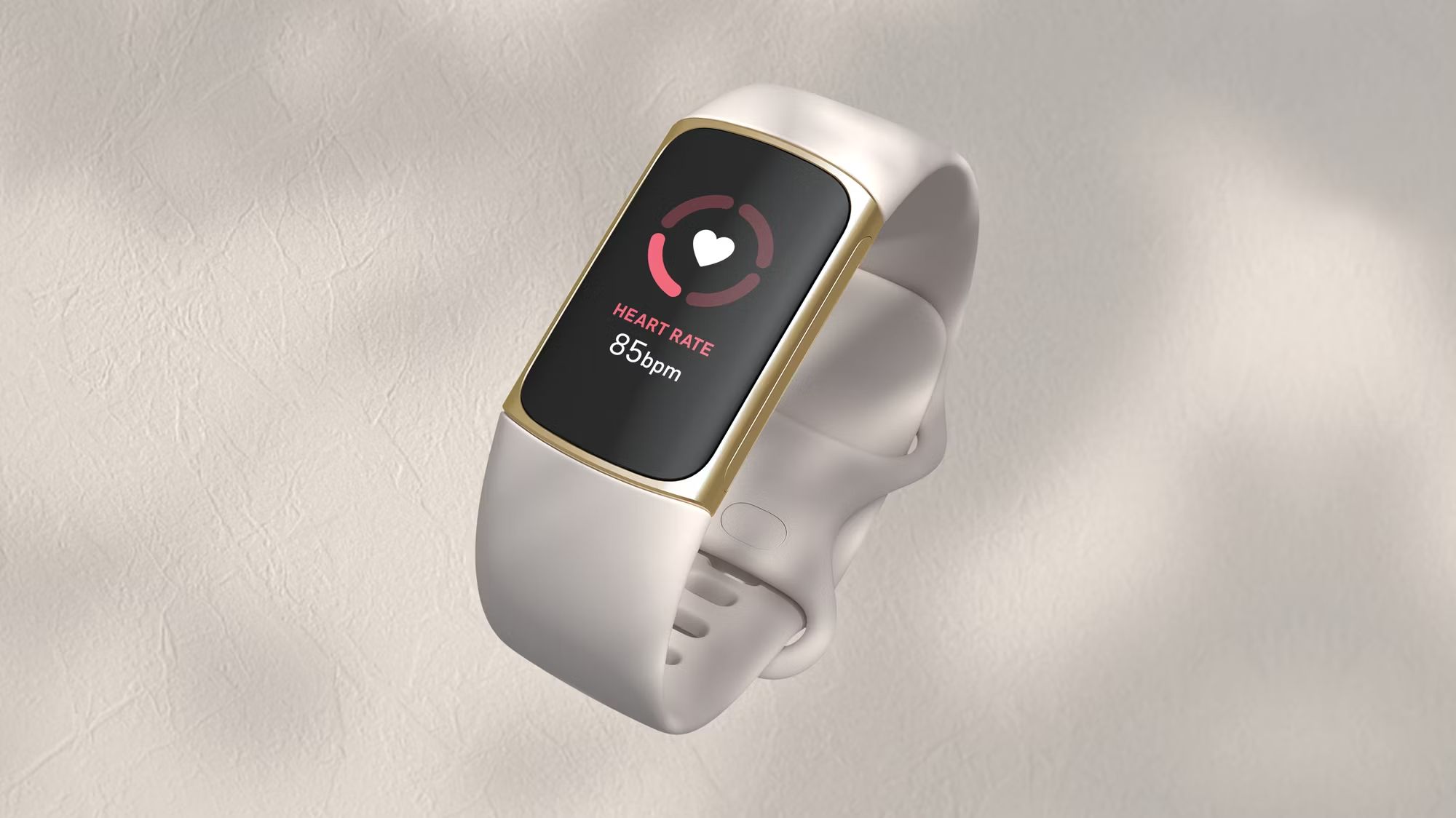Introduction
Wearable technology has revolutionized the way we approach fitness and health monitoring. Fitbit, a leading brand in the wearable industry, offers a diverse range of products tailored to meet the unique needs of individuals striving for a healthier lifestyle. With a myriad of Fitbit models available in the market, it can be challenging to identify the specific model you own or plan to purchase. This comprehensive guide aims to equip you with the knowledge and insights necessary to recognize and differentiate between various Fitbit models.
Understanding the distinctions between Fitbit models is crucial for making informed decisions when selecting a device that aligns with your fitness goals and lifestyle preferences. Whether you're a fitness enthusiast, a tech-savvy individual, or someone looking to venture into the world of wearables, identifying your Fitbit model is the first step towards maximizing its potential.
In this guide, we will delve into the visual characteristics and unique features that set each Fitbit model apart. By the end of this article, you will have the expertise to discern the specific Fitbit model you own or intend to purchase, empowering you to make the most of its functionalities and capabilities. Let's embark on this journey to unravel the distinctive traits of Fitbit models and gain a deeper understanding of the wearable technology landscape.
Understanding Fitbit Models
Fitbit, renowned for its innovative approach to fitness tracking and wellness, offers an extensive range of wearable devices designed to cater to diverse user needs. Understanding the nuances that distinguish Fitbit models is essential for harnessing the full potential of these devices. Each Fitbit model is uniquely crafted, integrating advanced technology and features tailored to enhance the user experience.
Fitbit models encompass a spectrum of functionalities, from basic activity tracking to advanced health monitoring and smartwatch capabilities. The diversity in features and designs reflects Fitbit's commitment to catering to a broad audience, including fitness enthusiasts, health-conscious individuals, and tech aficionados.
One of the key distinctions among Fitbit models lies in their form factors. Fitbit offers sleek wristbands, stylish smartwatches, and compact clip-on trackers, each tailored to different preferences and lifestyles. The form factor not only contributes to the aesthetic appeal but also influences the device's functionality and suitability for various activities.
Moreover, Fitbit models vary in their tracking capabilities, with some focusing primarily on activity tracking, while others integrate advanced sensors for monitoring heart rate, sleep patterns, and even oxygen saturation levels. Understanding these tracking capabilities is crucial for selecting a model that aligns with specific health and fitness goals.
Furthermore, the integration of smart features, such as app notifications, contactless payments, and music control, sets certain Fitbit models apart as versatile smartwatches, catering to users seeking seamless connectivity and convenience in their daily lives.
Fitbit's commitment to innovation is evident in the continuous evolution of its models, with each new release incorporating enhanced sensors, improved battery life, and expanded compatibility with third-party apps and accessories. Staying abreast of these advancements is vital for users looking to upgrade or expand their wearable technology arsenal.
In essence, comprehending the diverse array of Fitbit models entails gaining insight into their form factors, tracking capabilities, smart features, and technological advancements. This understanding empowers users to make informed decisions when selecting a Fitbit model that resonates with their lifestyle and preferences, ultimately enhancing their journey towards improved health and fitness.
Identifying Fitbit Models by Appearance
Recognizing Fitbit models based on their distinct appearances is a fundamental aspect of understanding the diverse range of wearable devices offered by the brand. Fitbit's commitment to design innovation is evident in the unique aesthetics and form factors of each model, catering to a broad spectrum of user preferences and lifestyles.
Wristbands and Smartwatches
Fitbit's lineup includes an array of wristbands and smartwatches, each characterized by its distinctive design elements. The iconic Fitbit Charge series, known for its slim and sleek profile, features a vertical display that seamlessly integrates into the band, offering a discreet yet functional fitness tracking experience. On the other hand, the Fitbit Versa and Sense smartwatches boast larger, vibrant displays with customizable watch faces, catering to users seeking a more interactive and visually engaging wearable device.
Form Factor and Materials
The form factor and materials used in Fitbit models play a crucial role in differentiating one device from another. Fitbit Alta HR, for instance, features a slim, interchangeable band design, while the Fitbit Inspire series offers a more minimalistic and lightweight construction, ideal for everyday wear. Additionally, the use of premium materials, such as stainless steel casings and silicone or woven bands, distinguishes certain models as stylish accessories with a focus on both aesthetics and durability.
Color Variants and Customization
Fitbit models are often available in an array of color variants, allowing users to personalize their devices to match their individual style preferences. The availability of interchangeable bands and accessories further enhances the customization options, enabling users to transform the look of their Fitbit device to suit various occasions and outfits. This emphasis on personalization reflects Fitbit's dedication to providing users with not only functional but also fashion-forward wearable technology.
Display and Interface
The display characteristics and user interface of Fitbit models contribute significantly to their identification. The presence of touchscreen displays, button controls, and intuitive navigation systems varies across models, with some featuring full-color touchscreens, while others offer monochrome displays with button-based interactions. These distinctions in display technology and interface design contribute to the overall visual identity of each Fitbit model, facilitating their recognition based on user interaction and visual appeal.
In summary, identifying Fitbit models by appearance entails recognizing the unique form factors, materials, color variants, and display characteristics that define each device. This visual distinction not only contributes to the aesthetic appeal but also influences the user experience, allowing individuals to select a Fitbit model that aligns with their personal style and functional preferences.
Identifying Fitbit Models by Features
Understanding the distinguishing features of Fitbit models is essential for discerning the unique capabilities and functionalities that set each device apart. Fitbit's commitment to innovation is evident in the diverse array of features integrated into its wearable devices, catering to a wide spectrum of user preferences and health tracking needs.
Activity Tracking and Exercise Modes
Fitbit models encompass a comprehensive range of activity tracking capabilities, including step counting, distance tracking, and calorie expenditure monitoring. Moreover, advanced Fitbit models are equipped with multi-sport modes, allowing users to accurately track specific workouts such as running, cycling, and swimming. The availability of exercise modes tailored to various physical activities enables users to obtain precise insights into their fitness endeavors, facilitating informed training regimens and performance monitoring.
Heart Rate Monitoring and Sleep Tracking
Heart rate monitoring is a pivotal feature integrated into many Fitbit models, providing users with real-time insights into their heart rate trends during rest and physical activity. This feature is instrumental in gauging cardiovascular health and optimizing workout intensities. Additionally, Fitbit's sleep tracking functionality offers in-depth analysis of sleep patterns, including sleep stages and duration, empowering users to cultivate healthier sleep habits and gain a deeper understanding of their overall well-being.
SpO2 Monitoring and Stress Management
Certain Fitbit models are equipped with SpO2 sensors, enabling the monitoring of blood oxygen saturation levels. This feature is particularly valuable for assessing respiratory health and identifying potential sleep disturbances. Furthermore, Fitbit's stress management tools, including guided breathing sessions and stress level tracking, contribute to a holistic approach to wellness, aiding users in managing daily stressors and fostering mental well-being.
Smart Features and Connectivity
Fitbit's evolution into the realm of smartwatches has introduced a myriad of connectivity features, including app notifications, music control, and contactless payments. The integration of these smart capabilities enhances the versatility of Fitbit models, allowing seamless interaction with smartphones and other digital devices. Furthermore, the availability of built-in GPS in select models enables precise location tracking during outdoor activities, further expanding the utility of Fitbit devices for fitness enthusiasts and outdoor adventurers.
Water Resistance and Battery Life
Water resistance is a notable feature in several Fitbit models, rendering them suitable for aquatic activities and ensuring durability against water exposure. Additionally, extended battery life is a hallmark of Fitbit devices, ensuring prolonged usage between charges and facilitating uninterrupted health and fitness tracking.
In essence, identifying Fitbit models by their distinctive features entails recognizing the breadth of health tracking functionalities, smart capabilities, and durability elements that define each device. This comprehensive understanding empowers users to select a Fitbit model that seamlessly aligns with their individual health and lifestyle requirements, ultimately enhancing their journey towards holistic well-being and fitness.
Conclusion
In conclusion, the world of Fitbit models encompasses a rich tapestry of innovation, design, and functionality, catering to the diverse needs and preferences of users embarking on their fitness and wellness journeys. The ability to identify and discern between various Fitbit models based on their appearances and features is paramount in empowering individuals to make informed decisions when selecting a device that seamlessly integrates into their lifestyle and aligns with their health and fitness aspirations.
By delving into the visual characteristics, form factors, and materials that define each Fitbit model, users gain a deeper appreciation for the aesthetic nuances and practical considerations that influence their wearable technology experience. Moreover, the availability of color variants, customization options, and display characteristics underscores Fitbit's commitment to providing not only functional but also visually appealing devices that resonate with individual style preferences and fashion sensibilities.
Furthermore, a comprehensive understanding of the features integrated into Fitbit models is instrumental in unlocking the full potential of these wearable devices. From advanced activity tracking and heart rate monitoring to stress management tools and smart connectivity features, each aspect contributes to a holistic approach to health and wellness. The diverse range of functionalities empowers users to tailor their Fitbit experience to their specific fitness goals, health monitoring needs, and daily routines, fostering a deeper sense of engagement and personalization.
As Fitbit continues to push the boundaries of wearable technology through technological advancements and user-centric design, the ability to recognize and appreciate the unique traits of each model becomes increasingly valuable. This knowledge not only facilitates the identification of one's current Fitbit model but also empowers users to stay informed about new releases and upgrades, enabling them to make informed decisions when considering device upgrades or additions to their wearable technology arsenal.
Ultimately, the journey of identifying Fitbit models transcends mere recognition; it embodies a deeper understanding of the intricate blend of design, technology, and user-centric features that define the Fitbit experience. Armed with this knowledge, users are poised to embark on a seamless and enriching journey towards improved health, enhanced fitness, and personalized wellness, all within the dynamic landscape of wearable technology.







